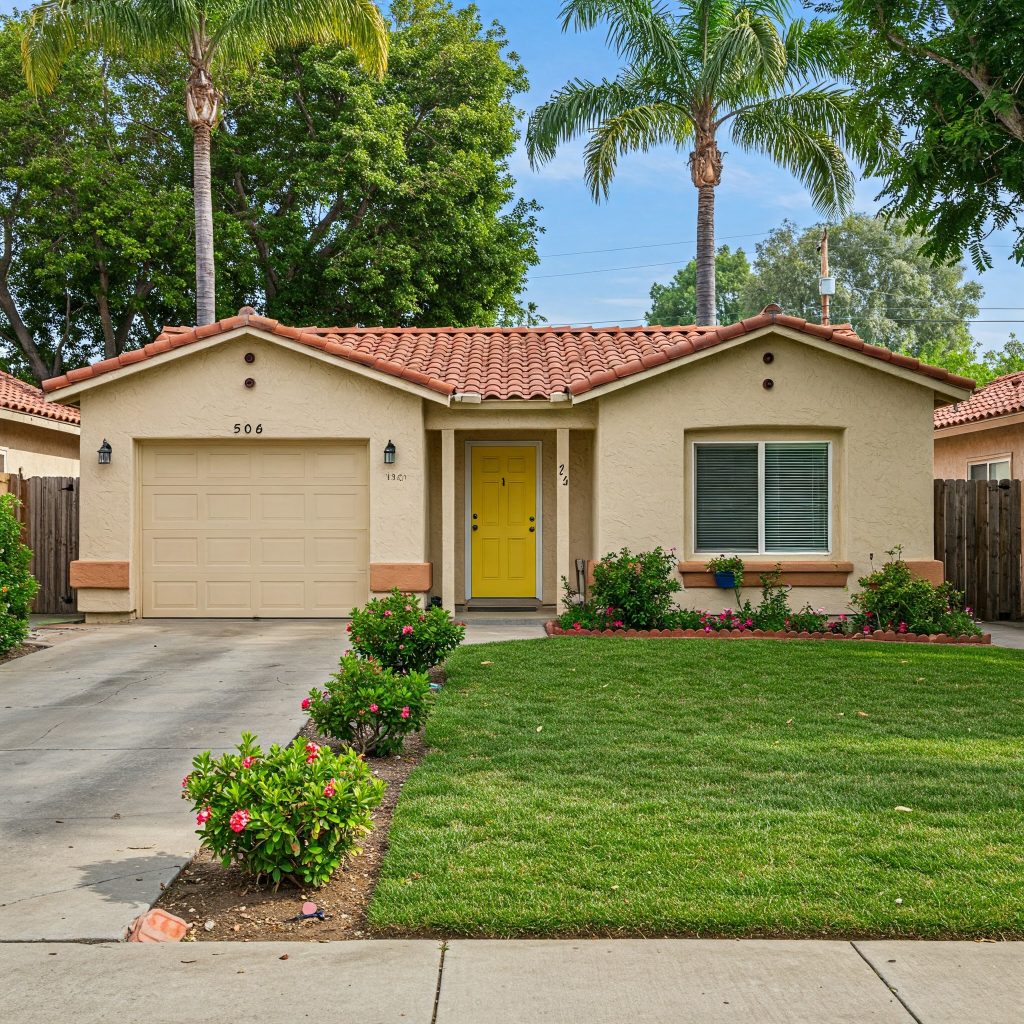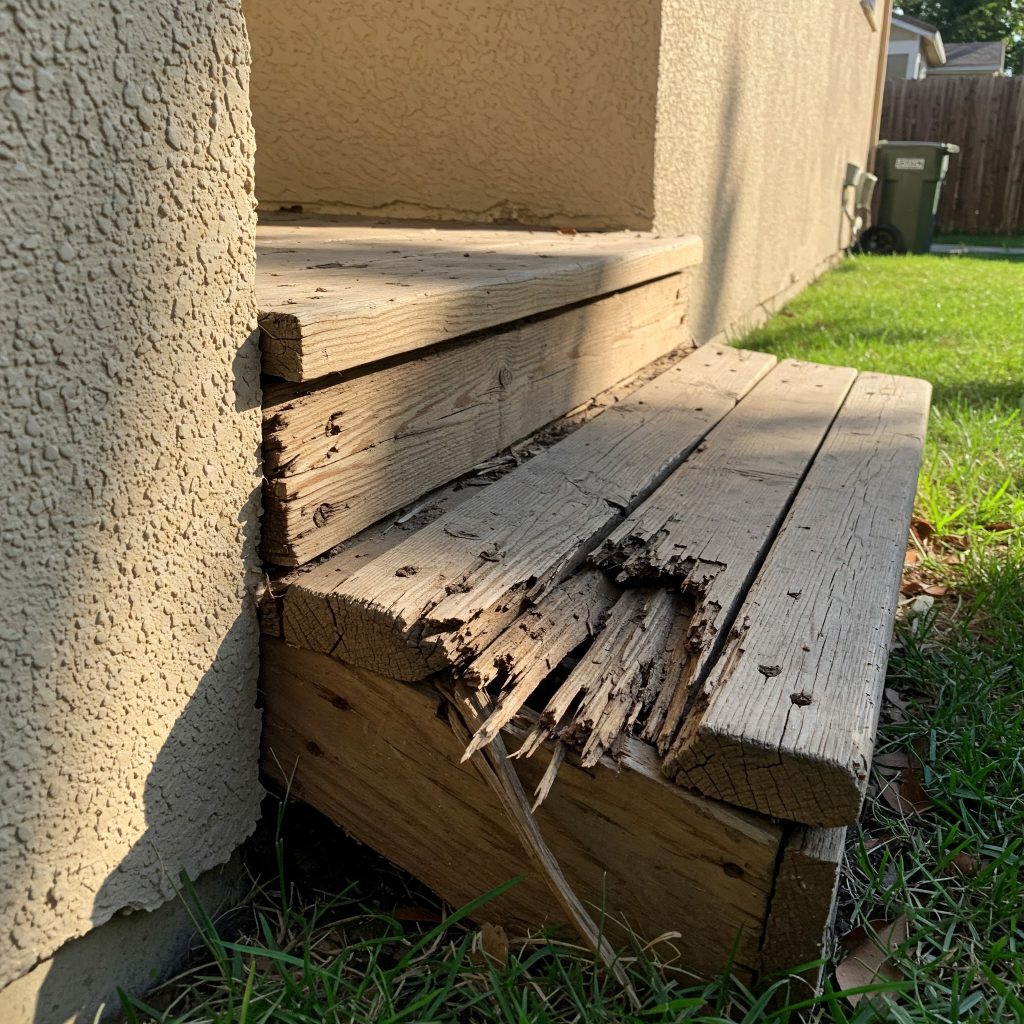When you own a California rental property, insurance is more than just a checkbox—it’s a key part of your financial safety net. But landlord insurance policies can be confusing if you’re not sure what each section means or how it protects you.

With so many things a property owner must know, insurance is one area where confusion can be costly. Many landlords realize this only after facing a claim.
Whether managing a single-family home, duplex, or portfolio of units, understanding your insurance policy is essential to ensuring you and your investment are covered.
Let’s break down the most common sections of a landlord insurance policy, highlight why each is important, and explain how California landlords can make informed decisions.
What Is Landlord Insurance and Why Is It Different?
Landlord insurance (sometimes called rental property insurance) is designed for property owners who lease out one or more residential units. Unlike a standard homeowner’s policy, landlord insurance considers the risks unique to renting out property, like tenant damage, loss of rental income, and legal liability.
A comprehensive landlord insurance policy is especially important in California, where housing laws and natural risks like wildfires and earthquakes are present.
The Key Sections of a Landlord Insurance Policy
Most landlord insurance policies include several core components. Understanding what each covers will help you avoid gaps in coverage or unexpected out-of-pocket expenses.
Dwelling Coverage (Coverage A)
This is the heart of your policy. Dwelling coverage protects the structure of the rental property itself—from the roof and walls to floors and built-in appliances.
What it covers:
- Fire and smoke damage
- Vandalism
- Wind or hail damage
- Lightning strikes
- Accidental water damage (like burst pipes)
What to look for:
The replacement cost vs. actual cash value: The replacement cost pays to rebuild with similar materials, while the actual cash value factors in depreciation.
Other Structures (Coverage B)
This section applies to buildings on the property that aren’t directly attached to the main dwelling.
Covered structures may include:
- Detached garages
- Sheds or workshops
- Fences or guesthouses
If you have a duplex with two separate garages or an ADU (Accessory Dwelling Unit), make sure your policy accounts for these additional structures.
Personal Property (Coverage C)
This covers your own items used to service the rental, not the tenant’s belongings. While tenants need renters’ insurance for their items, landlord insurance protects your tools and maintenance equipment.
Examples:
- Lawnmowers or snow blowers stored on site
- Appliances like a refrigerator or stove (if provided by the landlord)
- Furnishings in short-term or partially furnished units
Tip: Coverage limits can be low in this section—review it carefully if you provide high-value furnishings.
Loss of Rental Income (Coverage D)
Also known as “Fair Rental Value,” this section helps you recover lost income if your property becomes uninhabitable due to a covered peril.
Scenarios where this might apply:
- A fire forces tenants to vacate
- A storm severely damages the roof
- Mold remediation makes a unit temporarily unsafe
This coverage doesn’t apply to vacancies caused by tenant turnover or non-payment, but it can be a lifeline when rental income suddenly stops due to damage.
Liability Protection (Coverage E)
Legal liability coverage protects you from lawsuits or injury claims on your property.
Examples of covered events:
- A tenant slips on a broken step
- A visitor trips over uneven pavement
- A tree falls and damages a neighbor’s property
Important considerations:
- Choose liability limits that reflect your net worth or property value
- Consider an umbrella policy for added protection
This section deserves significant attention in California, where litigation risks are higher and legal fees can be substantial.
Medical Payments to Others (Coverage F)

This section covers small medical bills for injuries on your property, regardless of fault.
It’s typically used for:
- Minor injuries like a scraped knee or sprained ankle
- Quick settlements without lawsuits
Though the limits are usually low (e.g., $1,000–$5,000), this section helps resolve minor incidents quickly.
Optional Add-Ons and Endorsements
Basic policies don’t always go far enough. Many landlords in California opt for additional coverage based on local risks or property type.
Consider these common add-ons:
- Earthquake Insurance
- Flood Insurance
- Vandalism and Malicious Mischief
- Building Code Coverage
- Extended Replacement Cost
Reading Your Declarations Page
The declarations page (or “dec page”) summarizes your policy. It lists your coverage amounts, deductibles, and endorsements.
Here’s what to review:
- Policy period and renewal date
- Named insured
- Coverage limits for each section
- Any exclusions or endorsements
If you manage multiple properties, you may need a separate schedule of locations or a commercial landlord policy. Coverage amounts vary widely depending on location, property size, and risk exposure.
What’s Not Covered?
It’s just as important to know what isn’t covered. Most landlord policies do not include:
- Tenant’s personal belongings
- Maintenance-related issues
- Pest infestations
- Regular wear and tear
- Criminal acts by the landlord
The California Context: Why Location Matters
California presents unique challenges for landlords, from wildfires to earthquakes and housing law changes statewide. That’s why a generic landlord policy isn’t always enough.
To help property owners make informed decisions, the California Department of Insurance offers a Residential Insurance Guide outlining key coverage types and policy considerations for homeowners and renters alike, including those who lease out residential property.
State-specific considerations include:
- Higher property values
- Strict habitability laws
- Local building codes
- Increased risk of legal claims
Final Thoughts: Don’t Just Buy Insurance—Understand It
Landlord insurance is a powerful tool—but only if you understand what it covers. Each section of your policy is designed to safeguard a different part of your rental business.
Trust InveServe Corp to Help You Protect What Matters Most
At InveServe Corp, we manage properties and help property owners protect their investments with care and foresight. From assisting with insurance requirements to ensuring your rental complies with California regulations, our experienced team is here to support every part of your landlord journey.
Landlord insurance may feel complicated, but with the right partner, you don’t have to navigate it alone. Contact us today to learn how we can help you get the most from your rental property—safely, confidently, and profitably.



